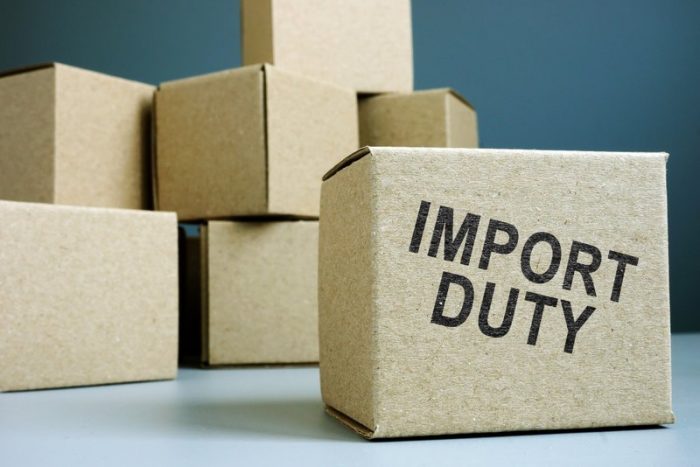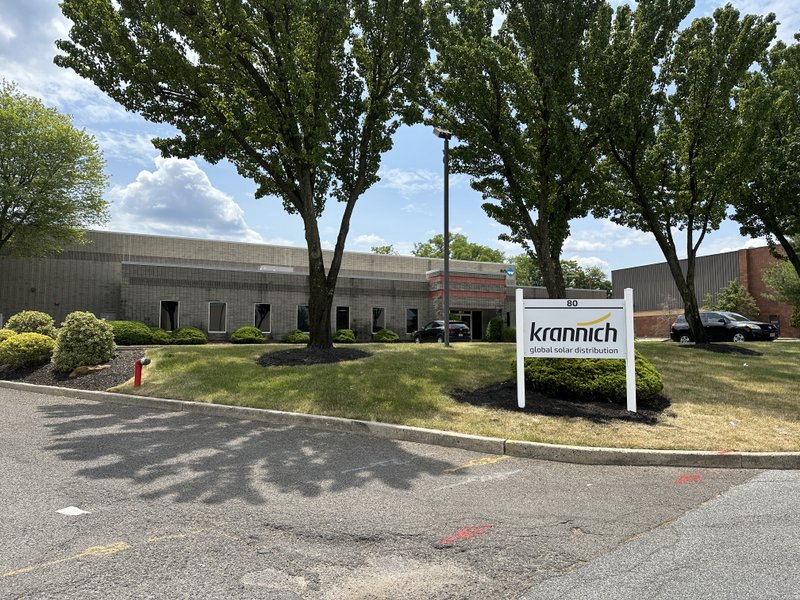How high could new anti-dumping duties be?

In Q2 edition of Solar Builder, we assess the questions central to the Auxin Solar anti-dumping circumvention trade case, the questions not central to the case and understand potential outcomes. Here is part of that feature. Btw: Be sure you’re a Solar Builder subscriber. It is free and always includes our best features and expert insight.
The short answer is 238.95 percent. That is the current China-wide/non-listed anti-dumping rate, and it is what the solar industry fears most. The Department of Commerce has tried to say that this is an unlikely outcome in the event they find circumvention, but that claim doesn’t hold up to the current facts of the situation.

Sales and marketing month sponsor
Get Aurora AI & Get Back to Summer
Let Aurora AI do the heavy lifting for you so you can get out of the office and into the pool. See how Aurora can speed up your sales & design with one-click design magic. Learn more here
Commerce Secretary Gina Raimondo in a May hearing before Congress said that, “It is true Commerce would be permitted to impose a tariff at that excessive level. That is exceedingly unlikely, which is to say that level of a tariff is only reserved in outside cases when you can’t tell the difference between the company and, say, the Communist Party of China. The last 150 times we’ve done this since 2012, we’ve come out in the 10, 11, 12 percent range.”
Why she mentioned those 150 cases is hard to fathom because the rates set in the 2012 solar AD/CVD case against Chinese products are the only ones that matter, and the China-wide anti-dumping rate is, again, set at nearly 240 percent. The goal of this statement, I assume, is to assuage everyone’s fears that her department would levy crazy-high duty rates in the event of a finding of circumvention.
But remember, a May 2 memo from Commerce stated “the cash deposit rate for the relevant imports from the third country will be equal to that Chinese manufacturer’s and/or exporter’s company-specific rates.”
These rates vary widely. The current anti-dumping rates are:
- BYD, JA Solar, others: 95.5 percent
- Trina: 92.52 percent
- ET Solar, others: 4.06 percent
- Canadian, Chint, Jinko, LONGi, Risen, Yingli, others: 0 percent
- China-wide/non-listed: 238.95
Caveats: Those are just cash deposit rates (not final duties) and are subject to an annual administrative review process. So, they will be revised before final rates are published in 2024-’25, and updated rates are due to be published prior to (or perhaps concurrent with) the circumvention case ruling. Several companies are going through an administrative review right now. Companies that go through admin review have consistently received much lower anti-dumping rates than the 238.95 percent applied to non-listed companies. Past examples have seen preliminary to final rates be revised as much as 46 percent, according to CEA.
For wafers that come from non-listed companies though — which is estimated to be one-third of the China supply of wafers going to these countries — the memo certainly made it sound like they would receive that China-wide/non-listed rate.
What do we know about wafer supply in Southeast Asia?
CEA is tracking 36 crystalline silicon cell and module suppliers in the named countries, and 21 of these suppliers have in-house cell capacity. By the end of 2022, those 21 suppliers were expected to have 41.6 GW worth of nameplate cell capacity online (though some of that could be impacted by the circumvention case).
Of those 21 suppliers, seven (33 percent) have non-Mainland China headquarters as far CEA can determine (Hanwha Q CELLS, Maxeon, URE, Allesun, Tainergy, IREX / SolarBK and Solartron). Those seven suppliers are expected to hold 6.7 GW of cell nameplate capacity collectively by the end of the year. Those seven suppliers represent around 16 percent of the capacity in the named countries.
But since 97 percent of the global ingot and wafer supply is based in China, those suppliers are sourcing their wafers from China. “We expect 100 percent of those seven non-China HQ suppliers to procure Chinese wafers,” says Joseph C. Johnson, senior manager, market intelligence with CEA.
Ironically, of the companies in Southeast Asia only LONGi, JA Solar and Jinko Solar (all Chinese headquartered companies) currently have ingot/wafer capacity outside China.
Anyway, that’s a lot of clarification to say: “There are layers of uncertainty here,” as Christian Roselund, senior policy analyst at CEA, puts it. “No one has any idea what they are going to pay.”
And duty rates only matter if there is an affirmative ruling. Which should be unlikely, given the precedence of the main question at the center of the case: How substantial is a solar cell?
Chris Crowell is the managing editor of Solar Builder.





Comments are closed here.